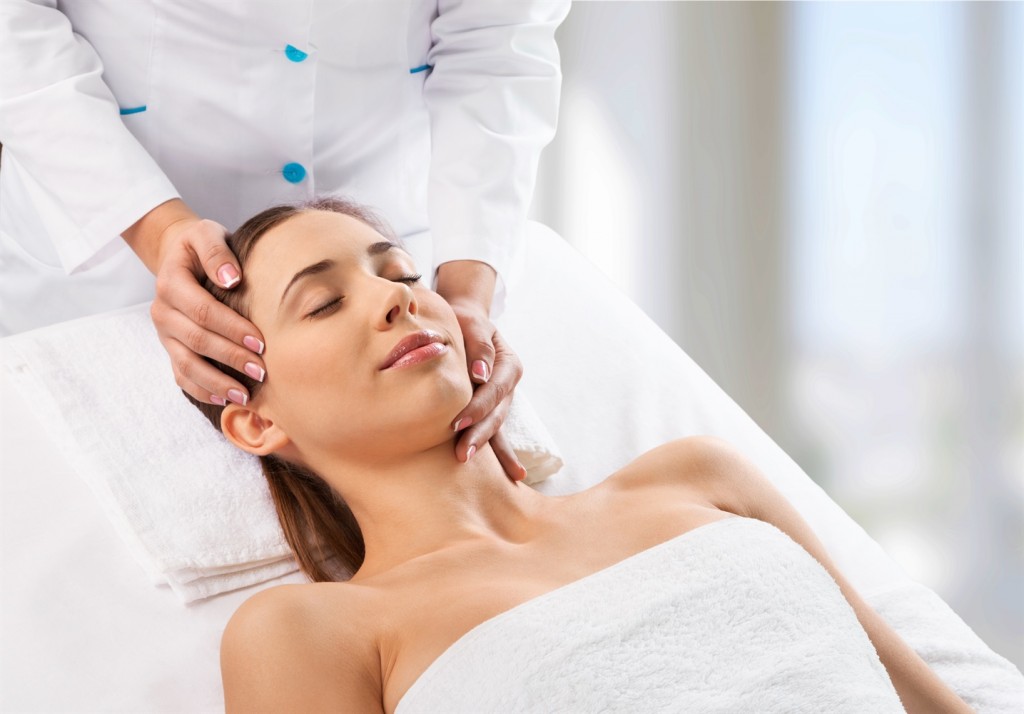Massage therapy: An Effective Preventative Medicine Tool
When we participate in activities that are aimed at reducing our risk of a threat to our health, we are essentially participating in preventative practices. Prevention encompasses various efforts from taking your vitamins every day to getting medical check ups on a yearly basis. Massage therapy is an activity that is being included more and more as an intervention and tool of overall well being in the lives of many. Increasingly, it is moving from spas and salons and into healthcare settings as a way of implementing it as part of the holistic healing approach.
What is massage therapy?
Therapeutic massage is the manual manipulation of muscles, tendons, ligaments, and other soft tissues of the body. There are various types, or modalities, of massage therapy, each used for different purposes. The most common of these is the Swedish massage. This type aims to be a whole body massage that relaxes the muscles and joints. It involves long, kneading strokes combined with the slow, manipulative movements of the joints. Another common type of massage therapy is the Deep tissue massage. This type of massage is a more therapeutic approach aimed at focusing in on painful stiff spots in your body. In contrast to the Swedish body massage, It involves slow, deliberate strokes that focus on pressure points, helping to relieve muscles injuries and chronic tension. Other popular types of massage modalities include neuromuscular, sport, shiatsu, and Thai. Each one employs different techniques in order to achieve a variety of health goals.

How are massage therapy and prevention related?
Massage therapy is preventive because it keeps you from developing disease or injury; and also helps prevent the worsening of certain disease processes already occurring in the body. It can work as any of the three types of prevention efforts: primary, secondary, or tertiary. Primary prevention is for the client who is at risk for certain health conditions but is currently still healthy. In these cases, massages helps prevent the person from becoming sick or debilitated as a result of physical injury or other emotional causes such as stress. An example of this is getting a weekly full body massage. Secondary prevention efforts are applied when a person may already have a disease process occurring. These types of efforts aim at identifying the presence of the disease state and then working to reverse it. Where massage therapy is concerned, it involves having the client fill out an intake questionnaire and having the therapist do a postural assessment. This allows for a kind of screening that may help identify how certain lifestyle factors such as job stress and muscle overuse may be affecting the client’s musculoskeletal health. These identified processes can manifest into symptoms like tingling fingertips to chronic headaches to constant neck pain. Once pinpointed, the therapist can apply a massage therapy modality that will be specific to that disease process. Neuromuscular massages are often used for secondary prevention purposes. Lastly, tertiary prevention is applied when the client presently has an identified illness but is taking measures to manage it as best as possible. Massage therapy plays a role in this by offering a way to minimize the complications that may result from the initial problem or medical therapy being used to treat the problem. A perfect example of this is the use of this therapy while undergoing chemotherapy. While the chemotherapy is directly treating the initial problem (cancer), therapy with massages will help to lessen the side effects of chemo such as lymphedema. Manual lymph drainage is one example of massage that can help in these cases.
What is the future of massage therapy in prevention?
Certain types of therapeutic massage have proven to be so efficient in prevention that many medical insurances are now covering it, making it more cost effective . In addition, the advancement of technology is allowing massage therapists to find more ways to maximize the positive effects, both preventative and curative. Scientific studies are constantly being conducted to further explore the different benefits it may have on your health. Keep in mind too that therapy is being done more and more in a variety of settings including your home, work, and doctor’s office. This trend offers a convenient way to incorporate it into your life.
For all these reasons, massage therapy can be a potent preventative tool, acting as a strong complement to current medical practices.It has not only proven itself to be effective but is increasingly becoming for affordable and convenient. Consider incorporating massage therapy into your daily life as a means to achieve your long term goal of overall well-being.




